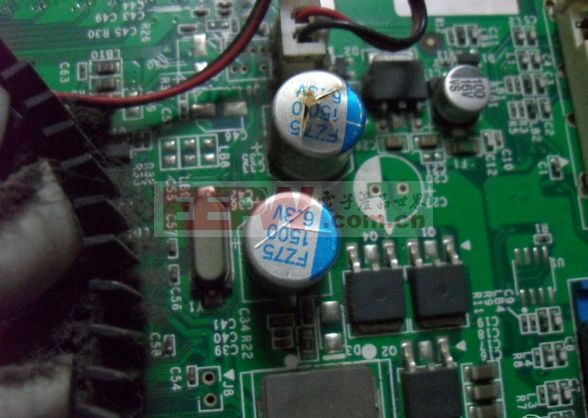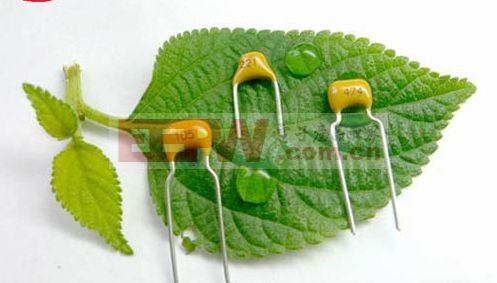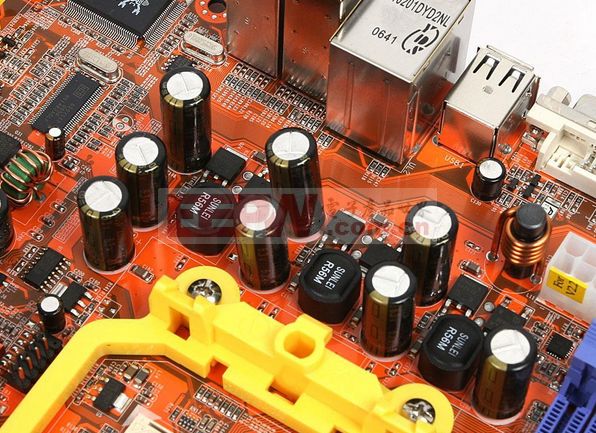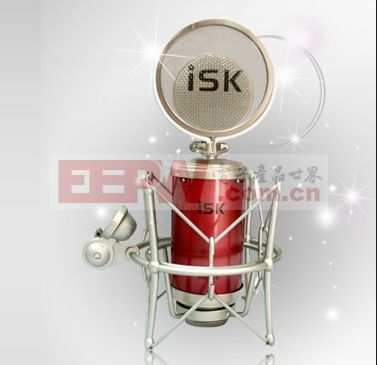Introduction: This article explores the importance of capacitance, a fundamental concept in electronics that we all know, but may not fully understand. Let’s take a closer look at what capacitance is and how it works in various applications.
1. The Role of Capacitors – An Overview
Capacitors, also known as "capacitance," are essential electronic components used in almost every circuit. A capacitor functions like a small battery, storing electric charge between two conductive plates separated by an insulating material. Depending on the type of dielectric used, capacitors can be made from materials like mica, ceramic, paper, or even electrolytes. These differences give each type unique properties suitable for specific uses.

2. The Role of Capacitors – Basic Function
The primary function of a capacitor is to charge and discharge. However, this simple behavior leads to more complex applications. For example, in motor circuits, capacitors help create phase shifts, while in power supplies, they enable high-energy discharges. In electronic systems, different types of capacitors are used based on their characteristics, such as frequency response or stability. Despite their varied uses, all these functions ultimately come from the basic principle of charging and discharging.

3. The Role of Capacitors – Filtering and Smoothing
In power supply circuits, rectifiers convert AC into pulsating DC. To smooth this out, large electrolytic capacitors are used due to their ability to charge and discharge quickly. These capacitors help maintain a stable DC voltage by reducing ripples. In real-world applications, you’ll often find electrolytic capacitors—ranging from tens to hundreds of microfarads—at both the output of the power supply and the input of the load to prevent voltage fluctuations caused by changing loads.

4. The Role of Capacitors – Coupling and Isolation
Capacitors are also used for coupling in signal transmission. When amplifying low-frequency signals, capacitors help isolate the DC bias between stages, preventing interference. To ensure that low-frequency components aren’t lost, large electrolytic capacitors are commonly used for this purpose. This technique is crucial in audio and communication circuits where signal integrity is key.

Further Reading:
- What are the uses and functions of capacitors?
- The role of electrolytic capacitors
- The role of capacitors in modern electronics
Differential Mode Inductors,I type Inductors,Common Mode Inductors,Differential Mode Choke Inductor
Xuzhou Jiuli Electronics Co., Ltd , https://www.xzjiulielectronic.com